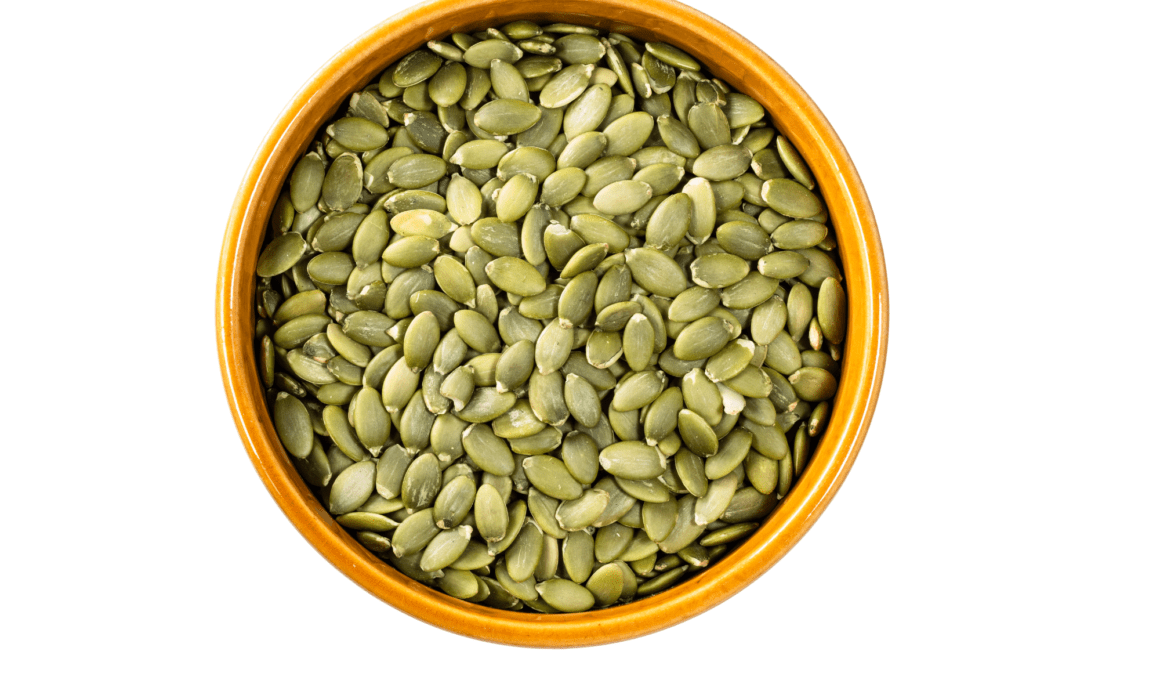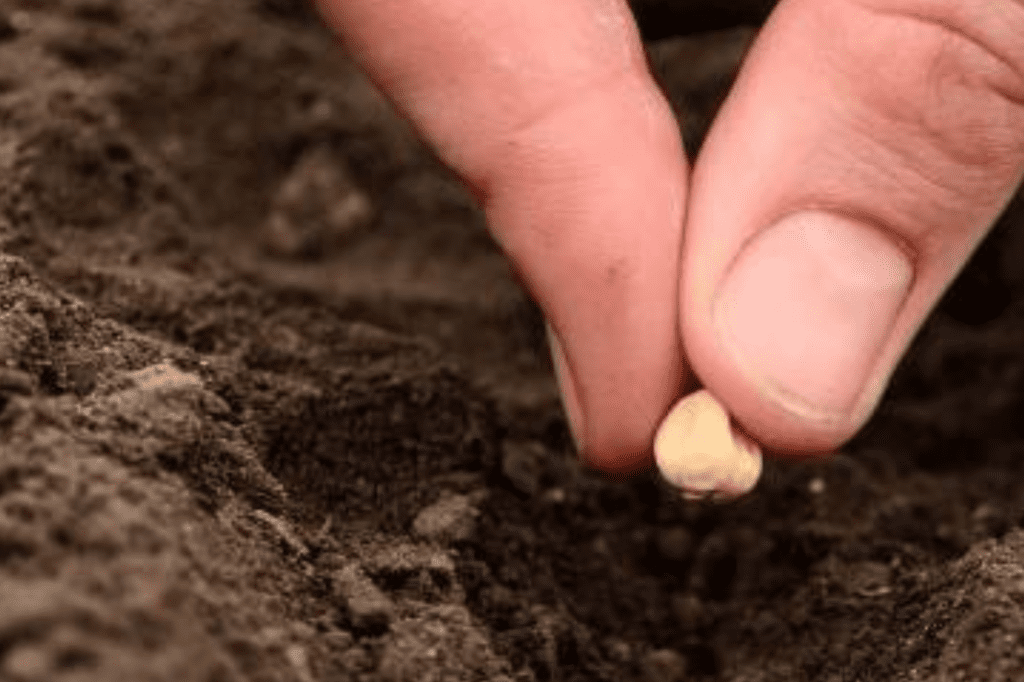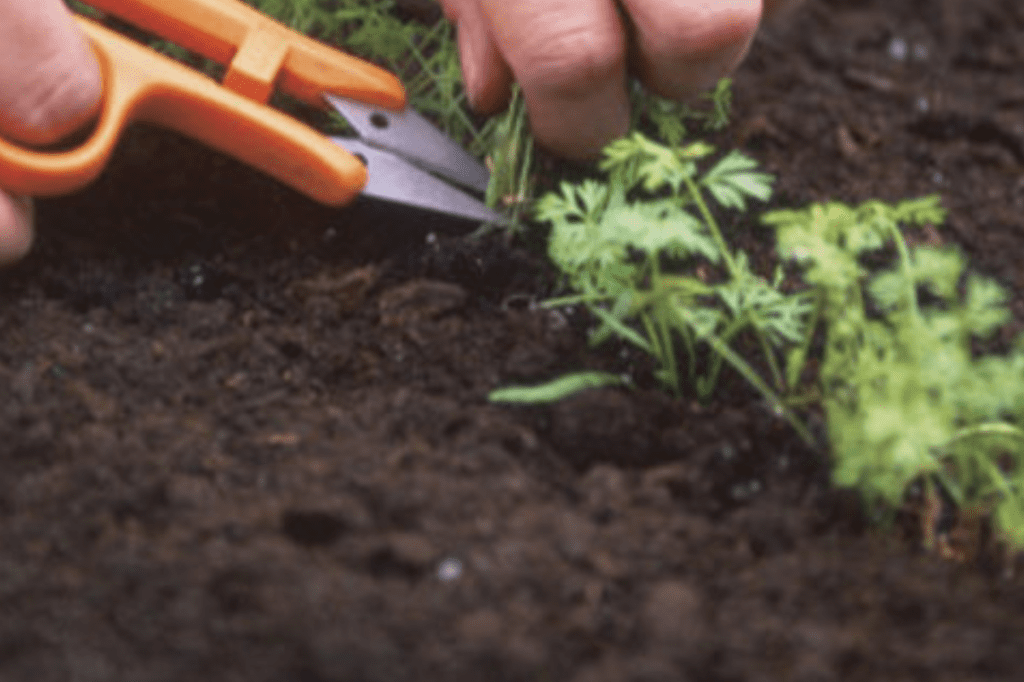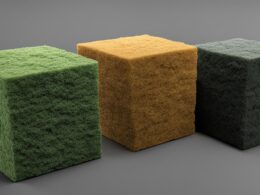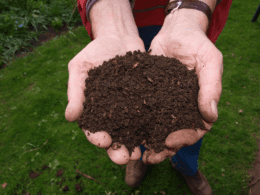Are you wondering how many seeds to plant in each hole when starting your garden? It’s important to consider a few factors to ensure your plants thrive and grow safely.
Researching the recommended seed spacing is a great place to start. This will give you an idea of how much space each plant needs to grow properly.
When planting, it’s best to start with a small number of seeds per hole. This prevents overcrowding and gives each seed enough room to develop into a healthy plant.
Additionally, consider the size of the crop you’re planting. Some plants may require more space than others.
Once your seeds have sprouted, thin out the seedlings to create even spacing and prevent competition for resources.
Adjust your planting method based on the viability of the seeds as well. Experiment and learn from experience to find the perfect seed quantity for your garden.
Don’t hesitate to seek advice from experienced gardeners for additional guidance.
Happy planting!
Quick Summary
- Proper seed spacing is crucial for healthy plant growth and access to nutrients.
- Seed size, plant type, soil fertility, and air circulation should be considered when determining seed spacing.
- Thinning seedlings at the right time prevents overcrowding and promotes healthy growth.
- Adjusting planting strategy based on seed viability is important for successful germination and growth.
Factors to Consider When Planting Seeds
Now, let’s talk about what you should consider when you’re planting your seeds. It’s important to keep in mind the factors that can affect the successful growth of your plants.
One of these factors is seed spacing. Proper seed spacing allows each plant to have enough room to grow and access the necessary nutrients without competing with neighboring plants.
When determining how many seeds to plant per hole, you need to consider the specific requirements of the plant species you’re growing. Some plants require more space than others, so it’s essential to follow the recommended spacing guidelines provided on the seed packet or by the seed supplier.
Overcrowding can lead to stunted growth, nutrient deficiencies, and increased susceptibility to diseases and pests. On the other hand, planting too few seeds can result in wasted space and reduced crop yield. Therefore, it’s crucial to find the right balance.
To ensure proper seed spacing, you can use tools such as a seed spacer or a ruler. These tools help you maintain consistent spacing between seeds, allowing for optimal growth. Additionally, thinning seedlings once they’ve sprouted can also help maintain proper spacing by removing excess plants.
By considering factors such as seed spacing, you can create an environment that promotes healthy plant growth and maximizes your chances of a successful harvest.
Research the Recommended Seed Spacing
To achieve optimal results, you should explore the suggested spacing between each individual seed when planting. Proper seed spacing techniques are crucial for ensuring healthy growth and maximizing yield. Here are four factors to consider when evaluating seed germination rates and determining the ideal seed spacing:
- Seed Size: Larger seeds generally require more space between each other compared to smaller seeds. This allows them to have adequate access to nutrients, water, and sunlight.
- Plant Type: Different plants have varying growth habits and space requirements. Some plants, like corn or beans, need more room to spread out, while others, like lettuce or carrots, can be planted closer together.
- Soil Fertility: The fertility of your soil plays a vital role in determining seed spacing. Nutrient-rich soil can support denser planting, while poorer soil may require wider spacing to ensure plants have enough resources to thrive.
- Air Circulation: Proper spacing allows for better air circulation around each plant, reducing the risk of disease and promoting healthy growth. Overcrowding can lead to increased humidity, which can create a favorable environment for pests and pathogens.
By carefully considering these factors and researching the recommended seed spacing for each crop, you can create an environment that promotes strong seed germination rates and successful plant growth. Remember, safety is important, so always follow the recommended guidelines for your specific plants to achieve the best results.
Start with a Small Number of Seeds
Begin by starting with just a few seeds to ensure that each one receives the proper care and attention it needs to thrive. This is especially important when dealing with small seed varieties, as they may require more delicate handling during the germination process. By starting with a small number of seeds, you can closely monitor their progress and make adjustments as needed.
To give you an idea of the recommended seed spacing, here is a table that provides information on the average seed germination rates for a variety of common plants:
| Plant | Average Germination Rate |
|---|---|
| Tomatoes | 80% |
| Carrots | 70% |
| Lettuce | 90% |
| Sunflowers | 75% |
| Radishes | 95% |
By following these guidelines, you can ensure that each seed has the space it needs to grow properly. Additionally, starting with a small number of seeds reduces the risk of overcrowding, which can lead to competition for resources and hinder the growth of your plants. Remember, it’s always better to start with a few seeds and have them thrive than to overcrowd and risk the success of your garden.
Consider the Size of the Crop
Taking into account the size of the crop, it’s crucial to ensure that each plant has enough space to grow and flourish. When deciding how many seeds to plant per hole, the crop size and seed density should be carefully considered. Here are five important points to keep in mind:
- Adequate spacing: Giving each plant enough room is essential for proper growth and development. Crowded plants can lead to competition for resources, which may result in stunted growth or disease spread.
- Optimal airflow: Proper spacing allows for better airflow between plants, reducing the risk of fungal diseases. Good air circulation helps to keep plants healthy and prevents the buildup of moisture that can promote the growth of harmful pathogens.
- Nutrient availability: When plants are spaced appropriately, they have sufficient access to nutrients in the soil. This ensures that each plant has the necessary resources to thrive and produce a bountiful harvest.
- Pest management: Planting at the right density can aid in pest control. With adequate spacing, it’s easier to spot and address pest infestations promptly, reducing the risk of widespread damage.
- Ease of maintenance: Planting at the correct density makes it easier to weed, water, and care for your crop. It allows for efficient maintenance practices, ensuring that each plant receives the attention it needs.
By considering the size of your crop and seed density, you can create an environment that promotes the health and productivity of your plants. Ensuring proper spacing won’t only enhance the overall growth of your crop but also contribute to a safer and more manageable gardening experience.
Thin Out the Seedlings
Make sure you thin out the seedlings to give them the space they need to thrive and produce a bountiful harvest. Effective thinning techniques are essential for ensuring the health and success of your crop. When thinning, it’s important to gently remove the excess seedlings, leaving only the strongest and healthiest plants behind. This will prevent overcrowding and competition for nutrients, water, and sunlight.
One common mistake in seedling thinning is waiting too long to thin. It’s important to thin at the right time, usually when the seedlings have developed their first set of true leaves. Waiting too long can lead to stunted growth and poor productivity.
Another mistake is pulling out the seedlings instead of cutting them. Pulling can disturb the roots of the remaining plants and cause damage. Instead, use a pair of sharp scissors or pruning shears to cut the unwanted seedlings at the soil level.
It’s also crucial to dispose of the thinned seedlings properly. Don’t leave them on the soil surface as they can attract pests and diseases. Instead, remove them from the garden area and dispose of them in a compost pile or green waste bin.
By following these effective thinning techniques and avoiding common mistakes, you’ll give your seedlings the best chance to grow into healthy, productive plants. Remember, safety is paramount when thinning, so take your time and handle the seedlings with care.
Adjust Based on Seed Viability
Adjusting based on seed viability is crucial for ensuring successful germination and healthy plant growth. To maximize your chances of a bountiful harvest, it’s important to understand the germination rates of your seeds and test their viability before planting. Here are some key factors to consider:
- Seed germination rates: Different seeds have different germination rates. Some seeds may have a higher rate of success, while others may struggle to sprout. Knowing the germination rates will help you determine how many seeds to plant per hole.
- Testing seed viability: Before planting, it’s wise to perform a simple seed viability test. This involves placing a few seeds on a moist paper towel and checking for signs of life after a few days. By doing this, you can identify any seeds that are unlikely to germinate and adjust your planting strategy accordingly.
- Avoid overcrowding: Planting too many seeds per hole can lead to overcrowding, which can inhibit healthy growth and increase the risk of disease. Adjusting based on seed viability allows you to ensure that each seed has enough space to develop into a robust plant.
- Optimize resources: By planting the right number of viable seeds, you can make the most of your resources. This includes saving seeds, water, and nutrients, as well as maximizing the use of your garden space.
- Promote safety: Adjusting based on seed viability helps prevent wasting time and effort on seeds that are unlikely to grow. By focusing on the seeds with higher germination rates, you can increase your chances of a successful and safe gardening experience.
By considering seed germination rates and testing seed viability, you can adjust your planting strategy to maximize your chances of successful germination and healthy plant growth. Remember, safety and efficiency are key when it comes to gardening, so take the time to assess your seeds before planting.
Experiment and Learn from Experience
To truly enhance your gardening skills, you should experiment and glean valuable insights from your experiences.
When it comes to determining how many seeds per hole, it’s important to remember that every garden is unique and what works for one may not work for another. The best way to find the ideal number of seeds per hole is through experimentation and trial and error.
Start by planting a small number of seeds in each hole and observe how they grow. Keep track of the germination rate and the overall health of the plants. If you notice that some holes have too many seeds sprouting, overcrowding the area, you can reduce the number of seeds in the next planting. On the other hand, if you see that some holes have few or no sprouts, you may want to increase the number of seeds.
By experimenting with different seed quantities and observing the results, you’ll be able to fine-tune your planting technique and find the perfect balance for your garden. Remember, gardening is a learning process, and through trial and error, you’ll gain valuable insights that will help you become a more successful gardener.
So don’t be afraid to try different seed quantities and learn from your experiences.
Seek Advice from Experienced Gardeners
Now that you’ve gained some valuable experience through experimentation, it’s time to seek advice from experienced gardeners. They can provide you with valuable insights and tips to ensure your gardening journey is a success.
Here are some key points to consider when seeking advice from experienced gardeners:
- Choosing the right soil for your garden: Experienced gardeners can guide you on selecting the appropriate soil type for your plants. They can help you understand the importance of soil composition and its impact on plant growth.
- Understanding the role of sunlight in seed germination: Sunlight plays a crucial role in the germination process of seeds. Knowledgeable gardeners can educate you on the ideal amount of sunlight your plants need to thrive and how to position them properly in your garden.
- Utilizing organic fertilizers: Experienced gardeners often advocate for the use of organic fertilizers, as they’re safer and more environmentally friendly. They can recommend specific types of organic fertilizers that are suitable for your garden.
- Pest control strategies: Gardeners with experience can provide you with effective methods to deal with common garden pests. They can suggest natural remedies or organic pest control products that are safe for you, your plants, and the environment.
- Seasonal gardening tips: Seasoned gardeners can offer advice on how to adapt your gardening practices according to the changing seasons. They can guide you on what to plant during different times of the year and how to protect your garden from harsh weather conditions.
Remember, seeking advice from experienced gardeners can save you time, effort, and potential mistakes. Their knowledge and expertise can help you create a safe and thriving garden.
Frequently Asked Questions
How deep should I plant the seeds?
To ensure proper germination and choose the right soil for planting, dig a hole that is about twice as deep as the seed’s size. This will provide enough moisture and protection for the seed to grow safely.
What is the best time of year to plant seeds?
The best time to plant seeds is during the optimal season, which ensures proper growth and safety. Consider factors such as temperature and soil conditions to give your seeds the best chance of success.
Can I use different types of seeds in the same hole?
You should avoid using different seed combinations in the same hole. It is important to consider seed compatibility to ensure healthy growth. Mixing seeds can lead to competition for resources and hinder the plants’ development.
How often should I water the seeds?
To prevent seed rot and ensure effective watering, water the seeds lightly every day or every other day. Avoid overwatering, as it can lead to rot. Be mindful of the moisture level and adjust watering accordingly for healthy seed growth.
What can I do to prevent birds or animals from eating the seeds?
To prevent bird damage and deter animals from eating your seeds, you can try using scare tactics like hanging shiny objects or using motion-activated deterrents. Covering the area with netting or fencing can also be effective in keeping them away.
Conclusion
In conclusion, when planting seeds, there are several factors to consider. Research the recommended seed spacing to ensure proper growth and development.
Start with a small number of seeds and consider the size of the crop you want to grow. Thin out the seedlings to give them room to thrive.
Adjust your planting based on seed viability and learn from your experiences. Don’t be afraid to experiment and seek advice from experienced gardeners.
Happy planting!





